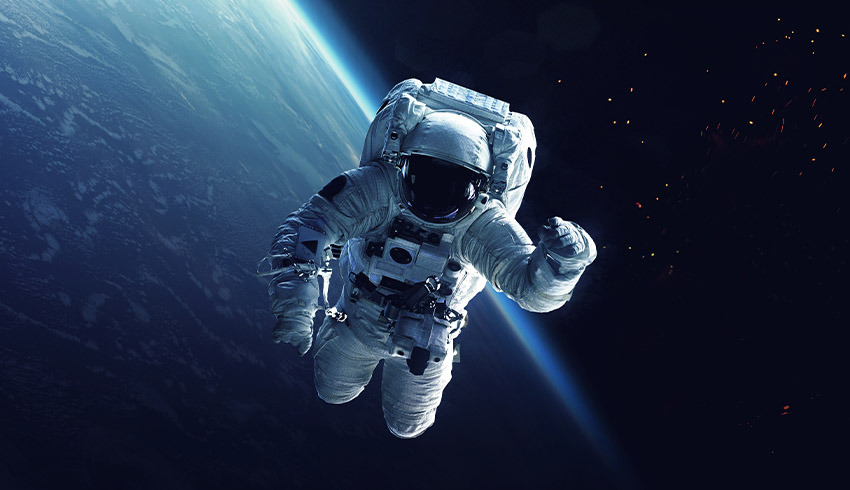
NASA has just started taking applications and aspiring astronauts have until the end of the month to submit their CV.
Alas that’s only open to US citizens and competition is expected to be fierce.
During the last selection process, which started in 2016, NASA received 18,300 applications and chose 12. Ultimately 11 graduated from the rigorous training course.
Where once the US drew its astronauts from the pool of trained military aviators, it is now open to civilian men and women.
Generally the minimum qualification is a master's or equivalent degree in a science, technology, engineering or mathematics (STEM) field.
Some applicants might be accepted without the master's degree, if they are well on the way towards a doctorate or are already a qualified medical doctor.
NASA will still take pilots, though they need to be graduates of a nationally or internationally recognised test pilot school program with a bachelor's degree in a STEM field.
There’s plenty more. NASA wants candidates who have worked in their field for two years. Considering much of an astronaut’s work will be in a small team or alone, NASA is interested in those with experience in isolated or dangerous environments.
Pilot candidates needs at least 1,000 hours command piloting a jet aircraft.
Then there’s the medical. Candidates could spend up to a year on the International Space Station so will need to pass NASA’s long duration spaceflight physical.
“Becoming an astronaut is no easy task, because being an astronaut is no easy task," said Steve Koerner, NASA director of flight operations and chair of the astronaut selection board at the Johnson Space Center in Houston.
"Those who apply will likely be competing against thousands who have dreamed of, and worked toward, going to space for as long as they can remember. But somewhere among those applicants are our next astronauts, and we look forward to meeting you."
The selection process is protracted and it is expected NASA will make its final selection in the middle of next year.
For those who make the grade, the pay isn’t too bad – US$104,898 to US$161,141 per year.
Astronaut trainees can expect to spend at least two years in basic training before qualifying for a mission. Those bound for the ISS will need to undergo additional extensive crew training.
For those chosen, there would appear to be boundless opportunities as the US returns to the moon and establishes a permanent presence, then goes to Mars.
Receive the latest developments and updates on Australia’s space industry direct to your inbox. Subscribe today to Space Connect here.









